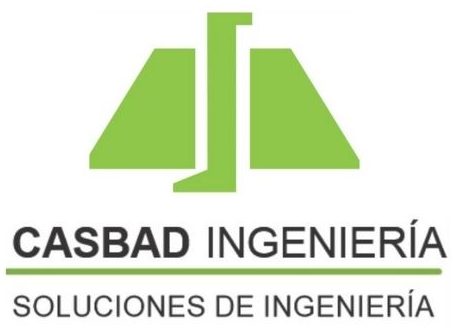The specifications for a wound rotor motor requires knowing the escort girl Bend specs for many induction motors, which might be examined within article all about induction engines. This short article highlight the key ideas for wound rotor engines that have to be recognized before buying one of them but understand it just isn’t all-inclusive.
Existing Inrush
The rotor goes through caused current after RMF in the stator moves through it, therefore the merely limiting aspect for this current could be the resistance associated with rotor windings (existing = voltage/resistance). This creates a better present within the rotor, which advances the existing demand into the stator, therefore causes an a€?inrusha€? of starting latest to the engine. This recent eplate existing standing might bring significant dilemmas in high-voltage situations. Due to the fact motor reaches its ranked rate, the rotor generates a a€?back EMFa€? inside stator, which reduces the stator present back to ranked level. The inrush current is what are minimized in wound rotor engines by increasing the opposition inside the rotor windings (I=V/R, in which roentgen are increasing), and why obtained such sleek starting attributes.
Engine torque & the torque-speed curve
The main requirements for injury rotor motors try how they work once run, and this is visualized through torque-speed graphs. Induction engines can greatly exceed both their ranked torque and existing when not at 100per cent speeds; torque rate curves exhibit this transient conduct, and Figure 1 shows a broad torque rate curve for induction engines with big information specified.
Figure 1: Torque-speed contour for asynchronous engines.
The starting torque will be the torque generated from original present inrush, and that is always more than the ranked torque. The pullout torque could be the greatest torque attained before steady-state, in addition to ranked torque is what try offered the moment the motor has reached 100percent performance. This associated increase is certainly not exactly comparable to the synchronous performance from the RMF, and that slip was visualized in Figure 1.
Motors making use of the preferred squirrel cage models only have a whole lot control over her torque-speed figure (find out more within our post on squirrel cage motors). The squirrel cage rotor pubs become shorted; this results in an inability to change the opposition with the rotor, which means that the only method to change the performance of rotation is through switching the voltage (I=V/R, where roentgen was continual). This could easily create problems in big motors, in which the essential insight present can get dangerously highest. Wound rotor engines resolve this issue by changing the rotor resistance using the supplementary routine attached to the varying power opposition financial and slide rings. By raising the weight into the rotor through the slide rings, the pullout torque may be accomplished at lower speeds, letting greater preliminary torque and lower starting latest. Whenever achieving synchronous performance, the rotor resistance could be shorted, deciding to make the injury rotor engine become if this had been a squirrel cage engine. Figure 2 demonstrates the result of increasing rotor resistance on output torque.
Figure 2: just how differing rotor resistance has an effect on starting and pullout torque.
Through this graph, it really is obvious that the injury rotor engine address contact information latest, torque, and speed control a lot better than some other design. By differing the resistance, these engines will be needing considerably first inrush recent to compensate, bring a stronger beginning torque, might maximize their beginning torque by furthermore which makes it the pullout torque (instance bend R2 in Figure 2). This approach causes a speed-controllable-motor with high opening torque and low beginning latest, having the ability to modify these characteristics toward agent’s preference.


No responses yet